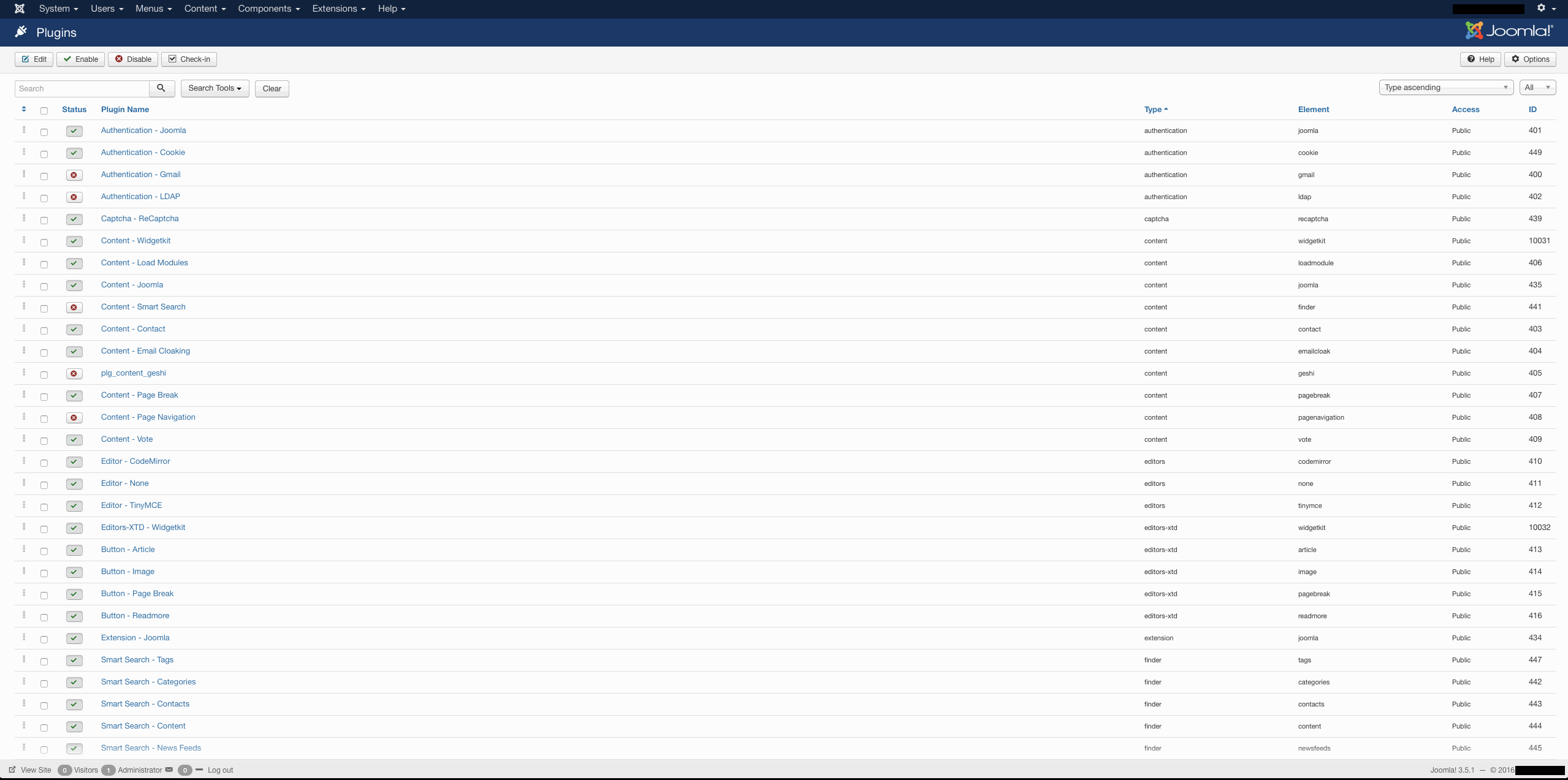Let’s talk about pain.
Not the existential dread of another Monday morning meeting or the slow death of your willpower during a never-ending Zoom call. No, I’m talking about the soul-crushing, mouse-throwing frustration of managing a website with tools that feel like they were designed in the early 2000s... and somehow got worse.
You know the type.
You log in, and the dashboard looks like a bad Excel sheet wearing a trench coat. There are 37 plugins installed, half of which are blinking, broken, or mysteriously essential for the site to keep running. Content edits require a support ticket, a prayer, and probably a sacrificial offering to the dev gods. And don’t even get me started on the update alerts: “Warning: Updating this plugin may break your site.” Cool. Love the roulette wheel of doom.
Why This Mess Exists in the First Place
It’s not just your site. Most web platforms weren’t built for marketing teams. They were built for developers, by developers. That’s why your "quick blog post update" turns into a three-hour tour through the Bermuda Triangle of widgets, shortcodes, and conflicting theme options.This pain is often amplified on sites that have accumulated a lot of extensions over time. While the core problem might stem from a change in the platform's underlying logic (like how it handles Access Control Levels for menu items), these issues frequently surface and become glaring on "extension-heavy" sites.

Screenshot of installed plugins, illustrating dashboard clutter. Image source: Joomla Community Magazine.
Think about it: more extensions mean more menu items to manage, often leading to more complex access configurations. A subtle bug in the core platform, barely noticeable on a simple site, can become a major headache when magnified across dozens of components and intricate user permissions. It's not that extensions cause the bug, but they often expose and exacerbate existing vulnerabilities in the platform's architecture. Even the Joomla Magazine has discussed this issue, highlighting how "Too Many Extensions Equals Panic."
Meanwhile, your dev team (if you’re lucky enough to have one) has bigger fish to fry than “moving a button to the left” for the third time this week. And IT? They're busy keeping the lights on and avoiding zero-day exploits. So where does that leave you? Stuck in CMS purgatory with a half-updated About page and a growing sense of resentment.
Let’s Talk About Concrete
This is where Concrete CMS saunters in like a firefighter with a sledgehammer. It was built for content creators who actually use the site, not just those who build it.
Instead of cobbling together dozens of third-party plugins like a sad game of digital Jenga, Concrete comes with workflows, permissions, versioning, and in-context editing baked right in. This means:
- Your HR team can update job listings directly no dev tickets needed.
- Legal can manage compliance pages without accidentally nuking the homepage.
- A marketing intern can add a blog post without needing a 47-step SOP.
It simplifies the complex, allowing your team to focus on content, not code.
Why Most CMS Platforms Are Broken by Design
The problem isn’t just technical. It’s cultural. Gartner calls this “complexity fatigue,” and they’re not wrong [Gartner, 2022]. Most platforms have become bloated digital Frankenstein’s monsters, part CMS, part DXP, part marketing wish list. The result? A tangled mess of composable buzzwords and headless architecture that makes your content team want to take a sabbatical in a Wi-Fi dead zone.
And let’s be honest, when your site management requires both a PhD in DevOps and the patience of a monk, it’s not a feature. It’s a bug.
Time to Burn It Down
You don’t need a site that just exists. You need one that works. One where updates don’t come with a side of anxiety. Where contributors don’t need to be “trained”, they just log in and do their thing. Where compliance and security aren’t bolted on like a rusted bike lock, but woven into the system from the ground up.
If your CMS makes you dread logging in, it’s not you, it’s the system. So go ahead. Strike the match. It’s time to burn it down and build something better.
